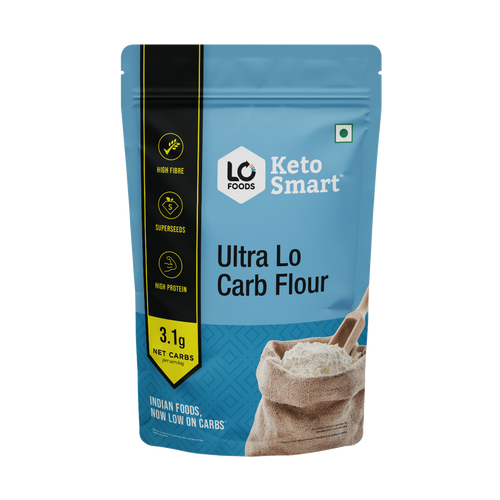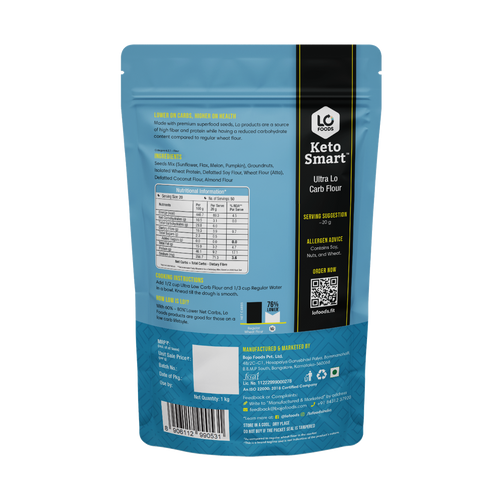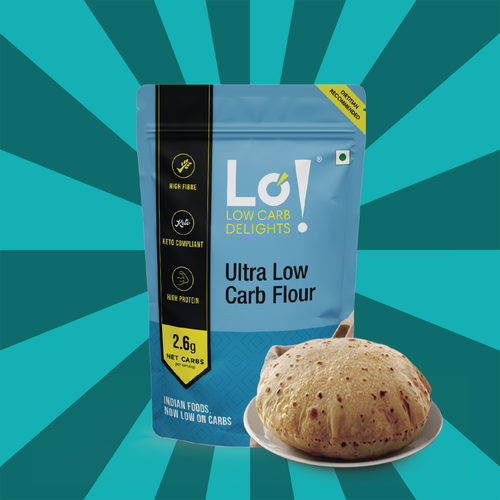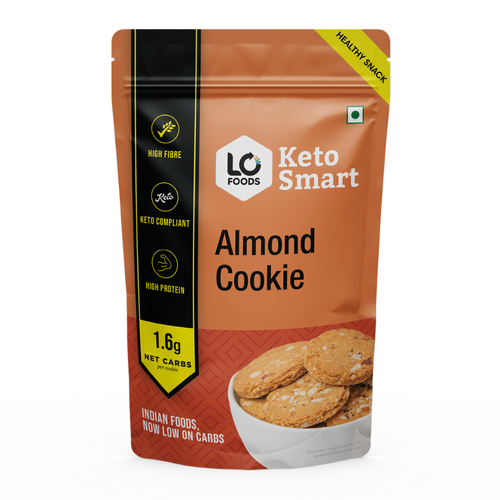
Millets in Ayurveda: Traditional Wisdom Meets Modern Nutrition
Ayurveda, the ancient Indian system of health and healing, emphasizes the deep connection between food and overall well-being. According to Ayurvedic texts, food is not just fuel but a powerful tool to balance the body's energies, or doshas. Among the various foods recommended for good health, millets hold a special place. Revered for their lightness, digestibility, and nourishing properties, millets have been an integral part of Ayurvedic diets for centuries. Today, modern nutrition confirms what Ayurveda knew long ago: millets offer numerous benefits that support holistic health.

The Ayurvedic Perspective on Millets
In Ayurveda, food is classified based on its taste (rasa), heating or cooling effect (virya), and post-digestive effect (vipaka). Millets are considered light (laghu), dry (ruksha), and slightly heating (ushna) in nature. They are particularly beneficial for balancing the kapha dosha, which governs structure, lubrication, and stability in the body.
Kapha imbalance often leads to sluggish digestion, weight gain, and water retention. Due to their dryness and lightness, millets help in stimulating digestion, reducing excess mucus, and maintaining a healthy body weight. Ayurveda also advises consuming millets during colder months, as they help keep the body warm and energized.
Causes of Dosha Imbalances and Role of Millets
Dosha imbalances can occur due to improper diet, seasonal changes, stress, and a sedentary lifestyle. Common symptoms of imbalance include:
-
Weight gain (kapha aggravation)
-
Anxiety and insomnia (vata aggravation)
-
Inflammation and digestive upset (pitta aggravation)
Millets, due to their dry and grounding qualities, can correct many such imbalances. For example:
-
Barnyard millet and kodo millet calm kapha and vata.
-
Foxtail millet supports pitta by providing sustained energy without overheating the body.
-
Little millet and proso millet bring lightness and aid in detoxification.
When selected thoughtfully based on individual constitution and current doshic state, millets become a therapeutic tool in daily meals.
Ayurvedic Classification of Common Millets
|
Millet Type |
Dosha Effect |
Key Properties |
|---|---|---|
|
Foxtail Millet |
Balances kapha and vata |
Light, warming, easy to digest |
|
Barnyard Millet |
Balances kapha |
Cooling, nourishing |
|
Kodo Millet |
Balances kapha and vata |
Drying, detoxifying |
|
Little Millet |
Balances all three |
Cooling, sattvic (pure) |
|
Pearl Millet |
Balances kapha |
Heavy but strengthening |
Choosing the right millet according to dosha type can enhance its effectiveness and contribute to maintaining inner balance.
Modern Nutritional Insights on Millets
Contemporary research aligns with Ayurvedic wisdom regarding the value of millets. Scientific studies show that millets are:
-
Rich in fiber, which aids in digestion and gut health
-
Packed with essential minerals like magnesium, iron, and phosphorus
-
High in antioxidants, helping fight oxidative stress
-
Low in glycemic index, supporting stable blood sugar levels
These modern findings echo Ayurvedic views on millets as nourishing, easily digestible, and energizing foods that support vitality and immunity.
Millets and Agni: Strengthening Digestive Fire
In Ayurveda, strong digestion or agni is considered the cornerstone of good health. A sluggish or weakened digestive fire can lead to the buildup of toxins (ama) and diseases. Millets, due to their laghu (light) nature, enhance agni without overwhelming the digestive system.
Symptoms of weakened agni include:
-
Loss of appetite
-
Feeling heavy after meals
-
Gas and bloating
-
Coated tongue and bad breath
Consuming lightly spiced millet dishes, cooked with digestive herbs like cumin, ajwain, and ginger, strengthens agni and prevents toxin accumulation.
Seasonal Eating: When to Include Millets
Ayurveda places great importance on adapting diet to seasonal changes (ritucharya). Millets, being warming and dry, are best consumed in:
-
Late winter (Shishira) and early spring (Vasanta) seasons
-
During times of high kapha accumulation (typically the end of winter)
During monsoon season or for individuals with high vata tendencies (dryness, nervousness), millet consumption should be moderated and combined with ghee or oils to counter dryness and prevent excess vata aggravation.
Tips for Cooking Millets the Ayurvedic Way
To align millet cooking with Ayurvedic principles, consider the following tips:
-
Soak millets for a few hours before cooking to reduce dryness and enhance digestibility.
-
Use digestive spices like cumin, coriander, and black pepper in millet dishes.
-
Cook millets with ghee or coconut oil to add moisture and improve nutrient absorption.
-
Avoid overeating millets, as excessive dryness can imbalance vata.
Simple porridges, soft khichdi, and lightly spiced upma made with millets are excellent ways to incorporate these grains into a balanced Ayurvedic diet.

Therapeutic Uses of Millets in Ayurveda
Ayurvedic practitioners traditionally recommend millets for various therapeutic purposes:
-
Weight Management: Due to their low glycemic load and high fiber, millets are often used in weight reduction diets.
-
Detoxification: Millets help cleanse the digestive tract and reduce ama (toxins).
-
Managing Diabetes: The slow-releasing carbohydrates in millets help maintain stable blood sugar levels.
-
Improving Skin Health: The purification effect of millets on the blood reflects positively on the skin.
Combining millets with specific herbs and lifestyle recommendations enhances their healing impact.
Summary
Millets represent a perfect harmony of ancient Ayurvedic wisdom and modern nutritional science. Their lightness, digestibility, and adaptability to different doshas make them a valuable part of holistic health practices. By respecting the Ayurvedic principles of seasonality, digestive fire, and dosha balance, millets can be used not only for nourishment but also for healing and prevention. As Lofoods continues to promote the power of natural, health-supportive foods, millets stand out as an enduring symbol of time-tested wellness and vibrant living.
This Blog post is an initiative by Lo! Foods, to provide accurate and Nutritionist / Doctor approved information related to Health. Lo! Foods is India's leading brand for Everyday Functional Foods. Foods designed for specific Health conditions or Needs. Lo! Foods also runs India's largest range of Low Carb Healthy Cloud Kitchens, under the brand names of Lo!, ProteinChef, ATH (All Things Healthy) and DiabeSmart.















Leave a comment
Your email address will not be published.